Nayna takes us on a tour of two East African countries, Tanzania and Rawanda. She tells us the wondrous tales of a world heritage site, Stone Town, in Zanzibar, the largest national parks, including Serengeti and Ngorongoro, and camping under the open sky, in tents, in Tanzania. Kigali, a very pretty hill station; the Akagera National Park and the Nyungwe National Park, in Rawanda, are must for the bucket lists of the traveller. An exclusive for Different Truths, for the Africa Special Issue.
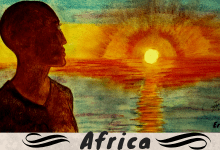
I must confess that I knew little about Africa before 2016. Well, of course, I knew what many of us have learnt in our geography lessons while growing up, and a wee bit more that I had heard of, or read about over the years. My first and only brush with the continent up until then had been a visit to Egypt, in 2005, and I had been fascinated with the history of the country and its magnificent man-made structures such as the pyramids, the Sphinx and the temples.
Tanzania
In late 2016, my daughter who was on a project in Tanzania invited me to join her and her husband to go on safari. I was thrilled. Going on a safari has been item numbers 1 to 5 on my bucket list for as long as I can remember. Despite a couple of earlier attempts, we hadn’t been able to visit Masai Mara or Serengeti. My son, who was an undergrad in the US, was expected home on vacation in December and it turned out to be a perfect opportunity to go on holiday with all the children. So we began preparing for our trip to Tanzania and Zanzibar. Our first and probably only hurdle was getting the yellow fever card. The only centre in Bangalore is run by the government and they operate only once a week. They recommend that you fix an appointment before going for the vaccination, but either no one picks up the telephone, or when someone does, you are invariably told that there is a long list of people already and could you please come the week after or even later. I had to use the good offices of a friend to get an appointment for my vaccination! Thankfully it has a long validity. The rest of the preparations were a breeze – tickets, visas and hotel bookings.
Our first halt was Zanzibar, a semi-autonomous region of Tanzania, which is an archipelago off the eastern coast of Tanzania. Zanzibar City, the capital, is a 20 minute flight away from Dar es Salaam, the capital of Tanzania. It was the first time I had flown in a Cessna light aircraft, with a capacity of just eight passengers and where you are in direct contact with the pilot. I was both excited and a little nervous but the flight itself was easy, quick and with beautiful vistas of the Indian Ocean. Zanzibar City is located on the main island of Unguja and accommodation is plenty, many of them dotting the coastline. We checked into a small B&B and the receptionist helped us plan our itinerary for each day and also contacted the local guides/operators to show us around.
We took a walking tour of Stone Town, a UNESCO world heritage site. Stone Town is a maze of narrow, winding streets with most buildings dating back to the 18th and 19th centuries. We walked through some of the more noteworthy buildings including the Old Fort, a ceremonial palace (also called the House of Wonders because it was the first house in Zanzibar to have electricity, running water and an elevator) built by Sultan Barghash, and the residence of the slave trader Tippu Tip. Zanzibar’s claim to fame was as a main slave-trading port in East Africa. Slaves from interior Africa were brought here before being shipped off to the Middle East and as far as North America. The trade reached its pinnacle under the Omani Sultanate but was the British abolished it in 1973, largely because of the anti-slavery campaign led by Scottish explorer David Livingstone. As I walked through the site of the world’s last slave market, I was horrified by what I read and saw. It dawned on me yet again, how cruel the human race can be and how lucky I am to be living in a free country and an independent era. Today, on the site stands the Christ Church Anglican Cathedral commemorating the work of David Livingstone.
As we walked through Stone Town our guide also pointed out to us several elaborately carved, beautiful wooden doors which provide a glimpse into the homeowners’ place of origin and economic status. Another door that we saw in Stone Town, less elaborate and far more contemporary, was the door to the house that Freddie Mercury (of rock band ‘Queen’ fame) was born and raised in. Only the yellow façade and a little information board by the doorway are visible, but it is a must-see for every tourist to Stone Town.
We also spent a half-day going to Prison Island by a Ferry. Prison Island is so named because it was originally designated as a prison complex for rebellious slaves. However, no prisoners were ever held there and currently it serves as a tourist resort and houses endangered Aldabra giant tortoises. Another half-day was spent visiting the Jozani Forest to see the endangered Red Colubus monkey that is endemic to Zanzibar’s main island Unguja.
Our evenings were spent exploring the food options available in Zanzibar City. We spent one evening at the famous Forodhani Gardens Food Market. The market is the forerunner of today’s pop up food stalls – set right on the sea front, during the day the site of the food market serves as place for people to walk through or sit around and take in the sea. But come sunset, and tens of food stalls serve up grilled meats, vegetables, fresh fruit and ice creams. Zanzibari food is predominantly non-vegetarian and vegetarian selections are largely limited to greens, and tubers such as potato, sweet potato and cassava.
What struck me most about Zanzibar is its friendly people and also how safe the city is. My son and I walked to dinner and back each day from a different street close to or after sundown. We were never stopped or heckled or made to feel unsafe. Yes sure, we took all the precautions that a normal tourist should take.
After three busy days in Zanzibar City we made our way to Dar es Salaam (Dar) to meet my daughter and son-in-law and head off to Serengeti. We flew from Dar to Arusha, which is located near some of the largest national parks, including Serengeti and Ngorongoro. We stayed in an Air B&B run by a Tanzanian national and her Australian husband. Conveniently, her sister drives a tourist taxi and this little hospitality unit made sure we were well taken care of. The next day our tour company picked us up to begin our four days-three nights Safari covering Lake Manyara, Serengeti and Ngorongoro. We had a jeep all to ourselves with a driver who doubled up as a tour guide and a dedicated cook cum handyman. We had been advised to travel with small bags and as I got into the jeep I understood why. The back of the jeep was packed tight with all our camping requirements. I forgot to mention that we had booked ourselves on a camping safari and a budget one at that! As I was to discover, that meant setting up tents each night in the open, sleeping on the ground in sleeping bags and using public showers and toilets. I had never camped before and it’s unlikely that I will be camping again anytime soon. But I’m glad for the experience and I couldn’t have done that with anyone other than my children. Suddenly the tables had turned and my two young adults were hand-holding me through this experience.
Back to the journey and the parks – we arrived at the Lake Manyara National Park on the first afternoon of our safari. For the first hour or so all we saw were some impala and just as I was beginning to wonder where the larger, fiercer and predatory residents were, our driver noticed a few safari vehicles bunched together with tourists watching the grasses through binoculars. It was a pride of lions – two lionesses with six or seven cubs frolicking around their mothers. I hadn’t been that close to animals in the wild since my visit to Gir forest, Gujarat, as a child. I didn’t want to drive away but our driver assured me that there would be plenty more to see.
He kept his word – we saw herds of zebras and brindled wildebeests almost everywhere, nowhere near in the numbers that are seen during the biannual migration but enough to satisfy me, so much so that towards the end of our safari we didn’t react when they were spotted. Zebras and wildebeests are invariably spotted together in the African Savannah because of their symbiotic nature – zebras love to eat the tall grass while wildebeests chew on the shorter grass. Also, wildebeests with a keen sense of hearing complement the zebras’ good eye sight as warning systems in times of danger.
We saw small groups of giraffes every now and then with their graceful long necks and slow, languorous walk gently eating off the tops of acacia trees. At Lake Manyara, we saw tens of hippos in the water lying still in the waters with just their backs on the surface. It’s only when one of them raised its head for air that we realissed that all the mounds that we thought were shiny rocks were actually hippos. These aquatic mammals spend almost all day in the water and come out around sundown to graze. They are normally solitary grazers and we had the good fortune of driving alongside a young male one evening around dusk as he was ambling along foraging. As we drove past the hippos we came across a large family of warthogs crossing the road. We were particularly excited because they resemble boars and reminded us all of the supporting actors in our favourite comic series – Asterix. Among the other lesser creatures in the parks were antelopes, birds, hyenas.
The stars of the safari were of course the Big Five, so named by hunters because they were the most dangerous animals to hunt on foot. They comprise of the holy quintet of cape buffalo, lion, black rhinoceros, elephant, and leopard. We were lucky to see all but the black rhinoceros. The cape buffalo is a majestic looking creature. We saw herds of them almost always soaking themselves in the swamps carelessly flicking off the birds pecking on their hides. Courtesy our experienced guide, we were lucky to spot solitary leopards each a couple of times, draped gracefully on the limb of a tree resting after a good meal. They are beautiful creatures, especially when viewed from afar through a binocular lens! We also encountered more lions, and several times. A particularly fond memory is of one morning when we slowed down to watch a lion and lioness walk away from a recent kill. They’d had their fill and were headed off to rest for the day, each in a different direction, like an old married couple. At the site of the kill the cleaners, a.k.a. vultures and hyenas were polishing off the meat. A few miles away we encountered three grown cubs walking only a few feet away from our jeep with not so much as a glance in our direction. It was truly, truly incredible and scary. But obviously they’d had their fill and we were the last thing they wanted. Unfortunately while we saw many elephants, I’d have loved to see more, and in larger numbers. I can’t get enough of these huge mammals with their giant ears.
The parks are absolutely lovely in their wild, natural and unruly form. Serengeti is magnificent – exactly as its name means in Maasai – ‘an extended place’ or ‘endless plains’. The rains had been delayed and inadequate that year and mirages were common. To us city folk living in (almost) concrete jungles, it was a school physics lesson recalled!
The parks are tourist friendly in a way that no Indian game reserve is. There are picnic tables and toilets aplenty in the admission areas at the entrance to the park. Of course, once you are in the grasslands you don’t dare get off your vehicle. We were given packed lunch each day with fruits, biscuits, sandwiches and a drink. The jeep was constantly stocked with drinking water. A couple of times we stopped at designated picnic spots inside the parks. The picnic spot was spotlessly clean – no trash littered, no food lying around. The toilets everywhere were constantly being cleaned.
The camping sites were pretty too. On our last night there, we pitched tents at a particularly scenic site on the sloping downs of a hill. Unlike the previous two nights this site had toilets and showerheads at two ends, allowing for slightly longer showers because there were fewer people waiting outside for their turn.
An amazing aspect of these national parks is the respect that all the staff, guides and administrators have for the animals and the park rules. No one ventures out of the camp site between sundown and sunrise. There was no weapon in the vehicle – not even a stick!
Rwanda
As luck would have it, my daughter and her husband moved to Rwanda in early 2017. It was expected to be a short assignment so my husband and I invited ourselves to spend a few days with them in Kigali, the country’s capital. Rwanda is a tiny landlocked nation in East Africa – it is, in fact, one of the ten smallest countries in Africa by size. Measuring about 27,000 sq kms, it is more than 35 times the size of Bangalore, but with the same population as our city.
For those who haven’t heard about Rwanda, you might recall that it was the site of one of the worst genocides in recent history – estimates range between 500,000 to a million deaths over a three-month period. Fortunately, the tables have reversed and Rwanda is now one of the safest countries in Africa.
Kigali is a very pretty hill station – spotlessly clean, with great roads and sidewalks that you can walk on with eyes shut. We walked around the neighbourhood, taking in the large private homes and compounds surrounded by trees and gardens. There is little traffic especially in the residential areas – largely due to the fact that public transport is limited to a small fleet of buses and taxis. Motor cycle taxis or moto taxis are a popular form of transport too.
Kigali’s major site seeing spots are reminiscent of its violent past – the Kigali Genocide Memorial and the Camp Kigali Memorial. Having never seen any other such memorials, I was moved to tears when I read about and saw pictures of the horrors that the Rwandans suffered at the hands of their own countrymen. Neighbours turned on each other and people killed ruthlessly. At the genocide memorial there are mass pits where the remains of thousands of Rwandans have been interred. The process is ongoing, and the attempt is to provide a respectful final resting place for the victims of the genocide.
We also did fun things – made visits to local art galleries and crafts workshops/ stores, many of which have been set up by foreigners who are helping Rwandans get their lives back together after the genocide. We also paid a visit to the popular Kimironko market because I wanted to buy some stunningly colourful local fabric.
Over the weekends, we visited Rwanda’s national parks – the Akagera National Park which is spread over 1200 sq kilometers and is home to the Big Five as well as giraffes, elephants, hippos, etc. In fact, we sighted more giraffes and elephants at Akagera than we had in Serengeti the previous year; and the Nyungwe National Park, a rain forest and an important bio-diversity site. The highlight of our visit was the 90 metres long Canopy walk on a metal rope bridge suspended 50 metres above the ground!
Our gastronomical tour was equally delightful – we had delicious local food buffets as well as Japanese, European and Fusions meals. I shopped at local bazaars and craft markets and came home armed with masks, beautiful local basketry and a unique form of traditional painting called imigongo, which is made using cow dung.
I loved the little bit of East Africa that I have visited. My visits have been enjoyable, easy and safe. And best of all, I went on my maiden safari. If I could, I’d return in a heartbeat for another safari and a tryst with the Big Five.
Photos by Ashim D’Silva
#EastAfrica #Travel #Rawanda #Tanzania #TravelAfrica #Safari #SpecialIssue #DifferentTruths

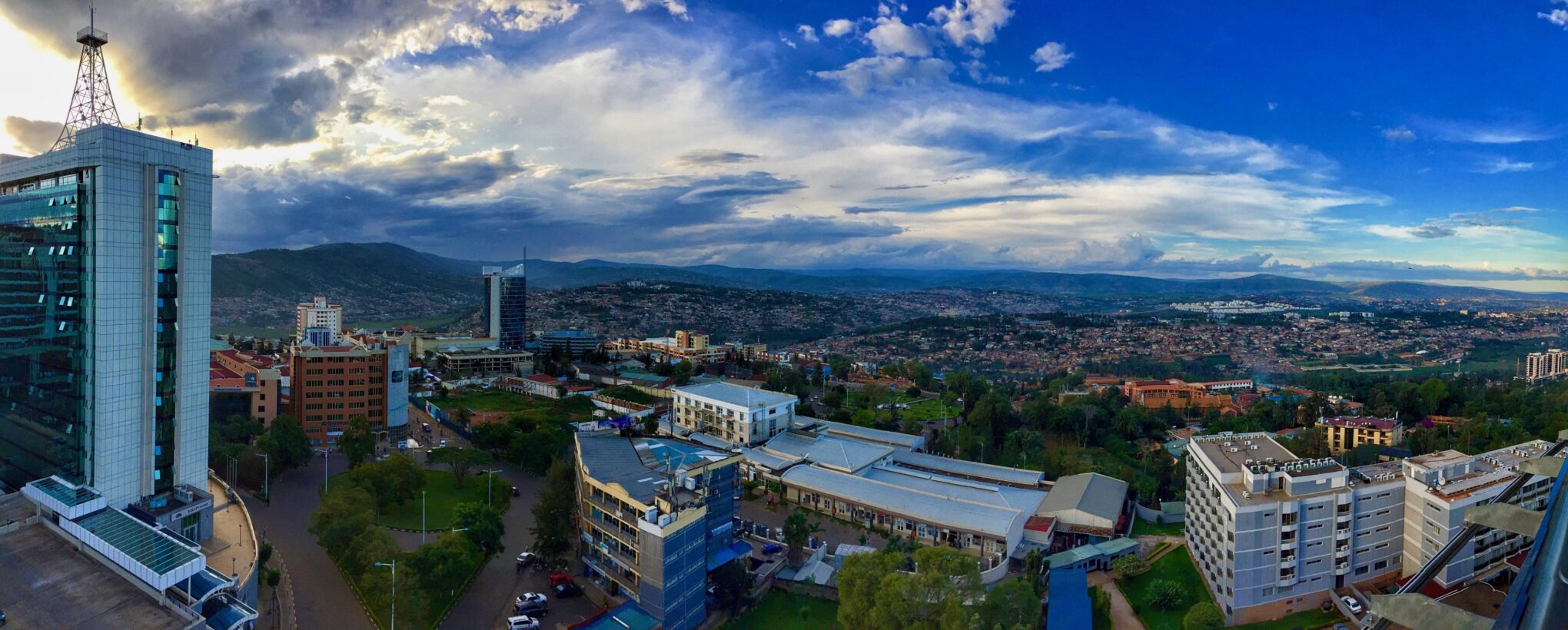
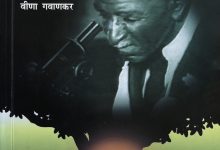


 By
By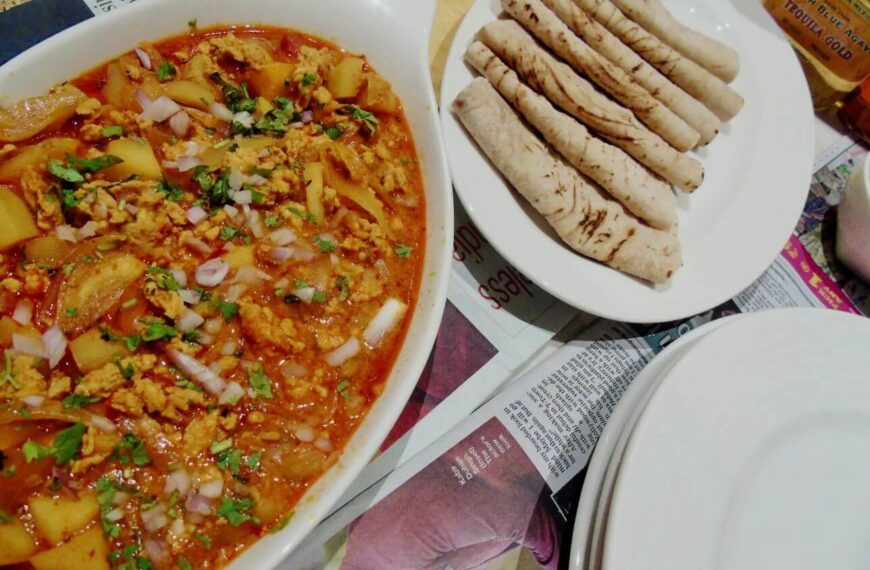
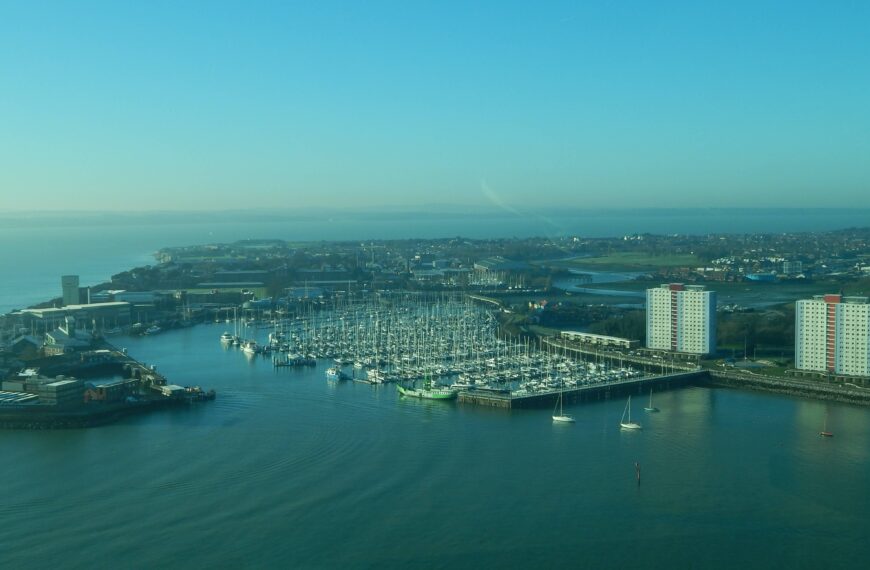
 By
By
Indeed a traveler’s dream tourist list. Thank you for sharing the slave history. And details regarding the belief that “Zebra’s good eye sight as warning system in the times of danger”.And kiminro market colourful fabric.Zanibar is well known. But ,Rwanda has so many things to explore.
Regards